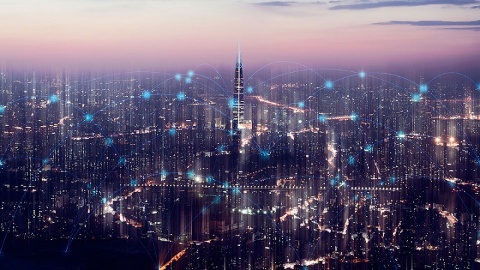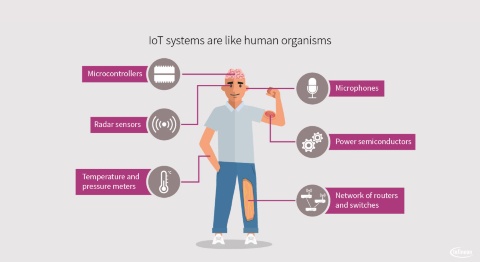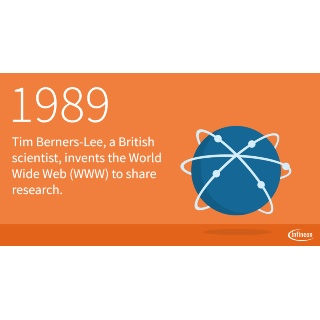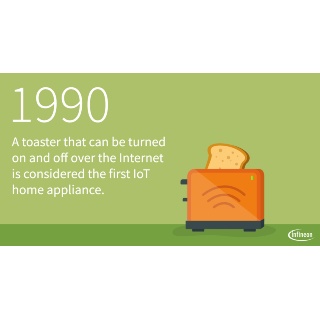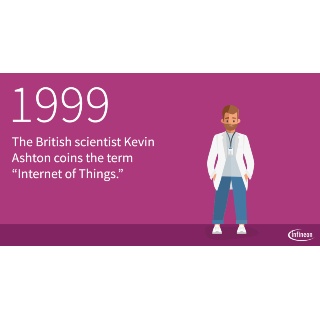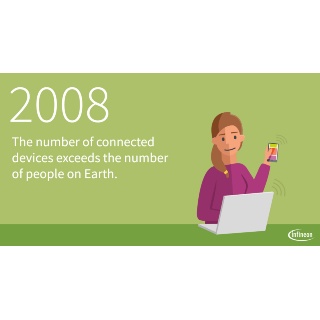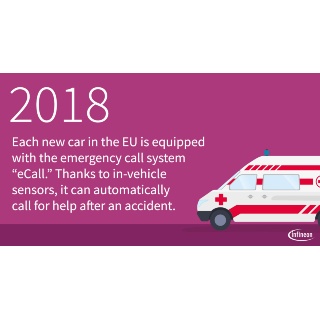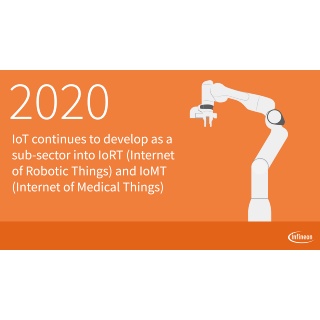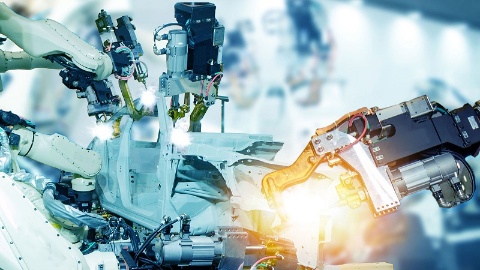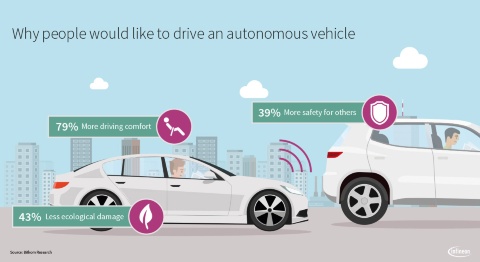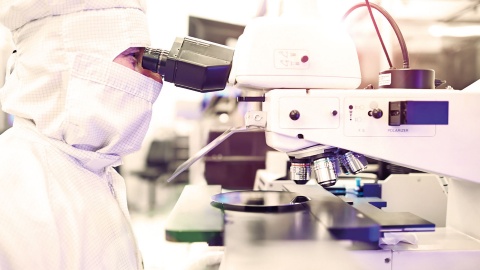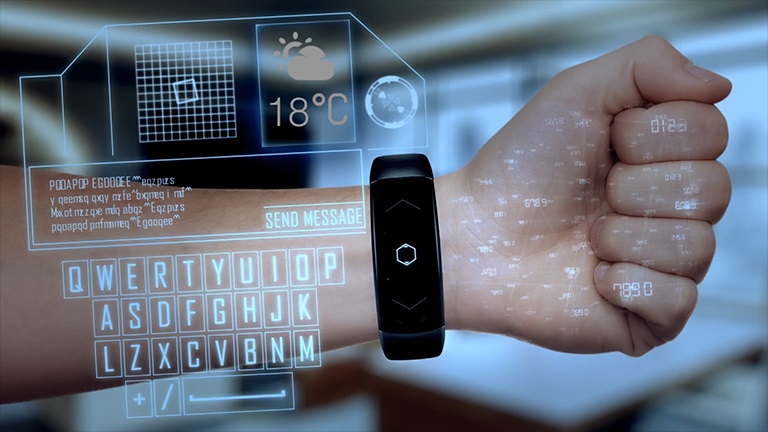Whether privately or in industry, the Internet of Things offers a wide range of opportunities to digitize, simplify and make processes more efficient. In addition to economic benefits such as cost savings in production, IoT offers great potential for greater sustainability and a more environmentally friendly future, especially in industry. A topic that the World Economic Forum addressed in a study: 84 percent of the IoT solutions considered had the potential to contribute to the United Nations' sustainability goals.
1. Less raw materials and resources
An example from everyday life that everyone is probably familiar with: digital processes and the connection of systems reduce paper consumption. Where once every document was printed out for filing and sorted into folders, space has now been created for new things thanks to servers and cloud systems. This does not make the digital process of IoT solutions completely climate-neutral – but more and more companies are attaching importance to green energy and climate-neutral business in order to compensate for any emissions that arise.
2. Energy efficiency through IoT
Smart buildings and smart homes have one thing in common: they save energy costs by measuring energy consumption and identifying potential savings. For example, lights turn on and off automatically, open windows are detected, and all systems can be monitored and controlled by app at any time. Likewise, IoT applications in the energy industry are a key to greater energy efficiency – not least through semiconductor solutions from Infineon, energy efficiency is also increased in various areas. This includes energy generation, transportation as well as energy storage and consumption. Learn more about how Infineon makes green energy happen here: "Making green energy happen".


